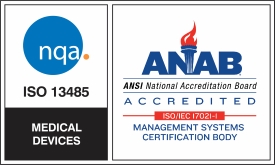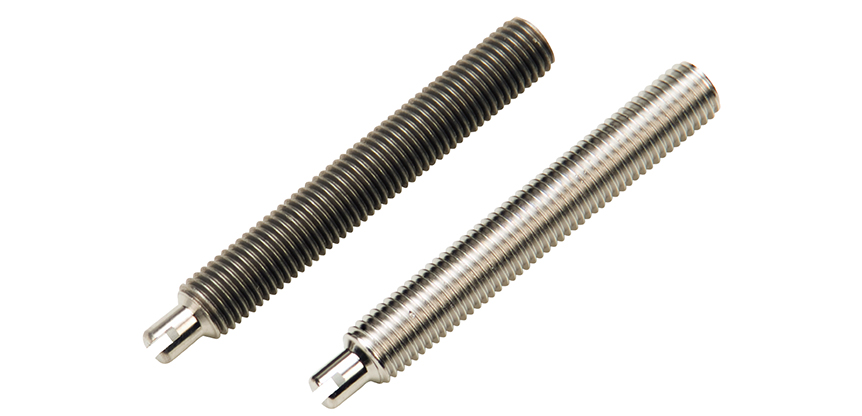Metal parts need to be in exceptional condition for enhanced performance and cycle-life value. Without a proper finishing treatment, your parts could be at risk. The solution? Electropolishing. Companies in industries like aerospace, automotive, dental, medical, pharmaceutical and more utilize electropolishing as the “final step” of the manufacturing process to enhance the performance of their metal parts. At Able Electropolishing, we understand electropolishing may seem confusing, which is why we’ve broken down the process step by step.
Read on to learn more about how our signature metal finishing treatment can improve your metal parts.
The Electropolishing Process
Electropolishing is a “reverse plating” process that utilizes a rectified current and electrolyte bath to remove a uniform layer of material, eliminating surface contaminants and minor defects, as well as embedded materials and oxide scale, from metal parts. The process begins when electropolishing specialists submerge parts in a chemical bath that contains a phosphoric-based electrolyte.
Current is then applied to the part, which causes metal ions to be removed from the parts’ surface. To finalize the process, the electropolishing team will complete the remaining rinsing and drying techniques to remove any remaining electrolyte and leave the surface smooth, bright and clean.
The Final Result
Electropolishing provides long-lasting benefits to both common and specialty alloys, including stainless steels, aluminum, nickel, copper, titanium, carbon steel and more, that cannot be achieved by hand polishing or other metal finishing methods. After electropolishing treatments, metal parts have:
- Corrosion Resistance—Over time, untreated parts can develop rust that eats away at metal. Electropolishing provides the long-lasting corrosion resistance these parts need to withstand environmental elements.
- Uniform Size—Mechanical polishing can result in parts with an uneven surface—and even the smallest discrepancy in size could cause premature failure. Electropolishing removes a uniform layer of surface material keeping parts consistent without causing damage.
- Deburring—Metal parts that have jagged edges can have performance problems and, in the case of those used in medical devices, could lead to safety concerns with patients. Electropolishing removes burrs and other surface imperfections that could compromise a part’s life span.
- Microfinish Improvement—Without performing a secondary treatment, metal parts will have microscopic imperfections. Over time, these small defects can grow in size and ultimately cause part failure. Electropolishing can remove the necessary amount of material, ranging from .0002” to .003”,o improve microfinish values.
- Ultracleaning—Untreated metal can be coated with contaminants not visible to the human eye. Parts that are not passive and clean are unacceptable for applications in which sanitation is of the utmost importance, such as for food preparation or medical practices. Electropolishing effectively removes these impurities, leaving the part with a smooth, passive and clean surface.
- Decorative Finish—Most people associate electropolishing with a bright, polished metal part. While many companies do not submit parts for the aesthetic enhancements alone, an attractive appearance can be an added benefit.
Want to learn more about how electropolishing can work for your parts? Contact Able today.




